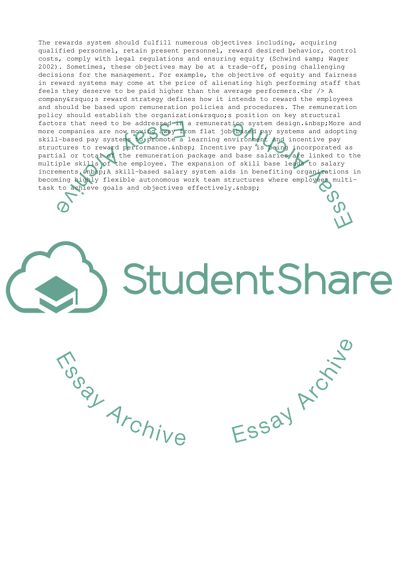Cite this document
(Can Perceived Fairness in Reward Structures Be Unanimous Assignment, n.d.)
Can Perceived Fairness in Reward Structures Be Unanimous Assignment. https://studentshare.org/management/1703008-managing-human-resource
Can Perceived Fairness in Reward Structures Be Unanimous Assignment. https://studentshare.org/management/1703008-managing-human-resource
(Can Perceived Fairness in Reward Structures Be Unanimous Assignment)
Can Perceived Fairness in Reward Structures Be Unanimous Assignment. https://studentshare.org/management/1703008-managing-human-resource.
Can Perceived Fairness in Reward Structures Be Unanimous Assignment. https://studentshare.org/management/1703008-managing-human-resource.
“Can Perceived Fairness in Reward Structures Be Unanimous Assignment”. https://studentshare.org/management/1703008-managing-human-resource.


